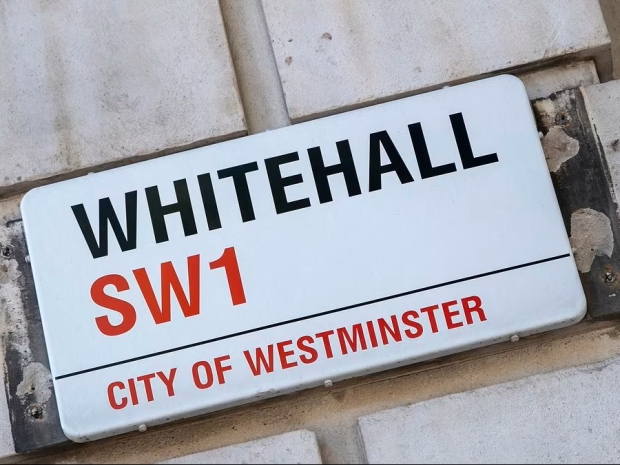Institute for Government, programme director, Nick Davies said the figure was a “huge amount, given that most of what government is spending on is either salaries or is on different kinds of infrastructure.”
In January, Labour’s report said the NHS, councils and central government could claw back £45 billion (€52.7 billion) in productivity by fixing clapped-out tech and processes.
By June, the Department for Science, Innovation and Technology was waving a study that reckoned AI could save nearly two working weeks per person each year.
Davies told MPs that headline savings require sharper knives, not cheerleading. “Unless you have serious plans to make pretty meaningful headcount reductions or reduce capital expenditure, it's going to be very difficult to achieve that £45 billion,” he said.
Pressed on the £45 billion’s origin story, DSIT told the committee it assumed “100 percent of routine tasks and 10 percent of non-routine tasks can be automated.”
Institute for Government, programme director, Nick Davies said: “I don't know what a routine task is. I don't know if the government knows what a routine task is either. Clearly, there are some potential big, long-term benefits that could be delivered by technology. My fear is that a lot of the AI tools are pretty early stage. They haven't been scaled up and often dependent on having high quality data and data architecture, which in many cases we don't have.”
He did allow that productivity “improvements of service of the value of £45 billion” might be possible without slashing spend, given the duplication and waste that litters the public sector.
Trials are not exactly cheering the gallery. A Department for Business and Trade Copilot pilot reported no clear productivity gain, while Microsoft is still punting hard for a return-on-investment story.
Meanwhile, ministers brag about shiny projects and £1.5 billion (€1.8 billion) defence pacts with Palantir while the basics remain fuzzy and the calculators look like props.
Print this page
Published in
AI
UK’s £45bn AI savings claim torn to shreds in parliament
MPs hear the maths relies on automation fairy dust
The British government’s £45 billion (€52.7 billion) AI “savings” pitch ran into a buzzsaw on 15 October 2025 as witnesses told MPs the numbers look fanciful without real cuts.
Tagged under

